News 2015
Invasion of the CA2 Region: How sprouting mossy fibers might contribute to epileptic activity
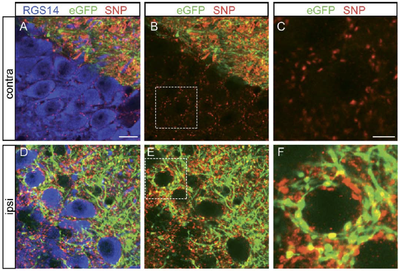
21.12.2015: A previously undiscovered mechanism in the hippocampus might contribute to epileptic activity. In mesial temporal lobe epilepsy (MTLE), as Ute Häussler and colleagues at the University Hospital Freiburg and the IMTEK Freiburg have discovered, a specific region in the hippocampus experiences a sprouting of mossy fibers while its neighboring regions are in retreat. In the healthy hippocampus, these mossy fibers make synaptic transmissions to one neighboring region. However, in MTLE, the destination of their synaptic output is still under investigation.
Green light for trinational NeuroCampus: EU authorizes funds for international neuroscientific network

18.12.2015: Crossing boundaries – that is a central goal of the NeuroCampus project. But this does not only mean national boundaries: The trinational project wants to consolidate the expertise of a plethora of leading neuroscientific research institutions and companies in the Upper Rhine region. The project aims to install an integrative educational and research program that is going to combine the disciplines that participate in the investigation of the structure and functioning of the brain. On Wednesday, the European Union has authorized funding for the three million Euro project in the context of the INTERREG-V EU-program.
Brain Networks under Attack: What pruning network links can tell us about the dynamics of neuronal networks

17.12.2015: What would happen if we cut 90 percent of the links in a neuronal network? “Not much, as long as its most critical links remain intact” says Simachew Abebe Mengiste. In his current research, the mathematician and PhD student at the Bernstein Center Freiburg (BCF) studied what happens if a complex network is under attack by systematically pruning its links. His insights may offer new perspectives for understanding the mechanisms underlying neurodegenerative diseases, and also for understanding the dynamics of complex networks in general.
Stairway to Synchrony: How does synaptic structure shape dynamic interactions in a neuronal network?

April 08, 2015: Mathematical analysis sheds new light on this question, the answer to which is fundamental for our understanding of the brain.
Prof. Dr. Jürgen Hennig gives Hounsfield Memorial Lecture
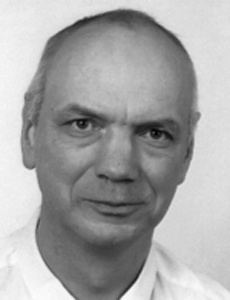
04.11.2015: This year marks the re-launch of the Hounsfield Memorial Lecture at the Imperial College London. The Hounsfield Memorial Lecture 2015 will be given by Professor Dr. Jürgen Hennig, member of the Bernstein Center Freiburg from the University Medical Center Freiburg.
Dr. Klaus Herberger Inaugurates Carl Zeiss Sponsorship
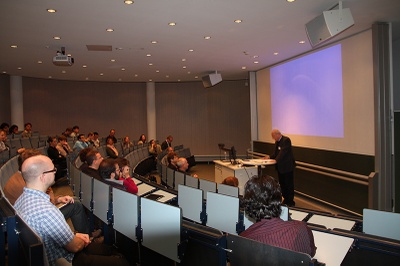
On 14 October 2015, Dr. Klaus Herberger of the Carl Zeiss Foundation officially inaugurated a 750,000-Euro-sponsorship for the Bernstein Center Freiburg. His address entitled “Knowledge is the Key to the Future” also conveyed a historic connection between the foundation and the Bernstein Center.
Winnerless Competition in Clustered Neural Networks
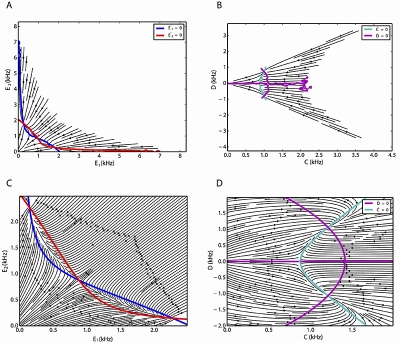
02.10.2015: Fereshteh Lagzi's new paper mathematically links the dynamics of ecosystems with the non-linear dynamics of populations of spiking neural networks.
Wire together, fire together – How specific wiring helps sensory processing
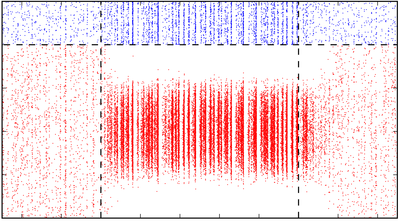
24.06.2015: Visual information transmitted from the eyes to the brain is processed in networks of excitatory and inhibitory neurons. In mouse primary visual cortex, these networks appear to be randomly connected at eye opening, and subnetworks of neurons with similar visual preferences emerge only later during development. Individual neurons, however, already have orientation selective responses at eye opening, in absence of feature-specific connectivity. Therefore, it remains unclear what specific wiring actually contributes to cortical processing.
Fire together, wire together – Recurrent dynamics and synaptic plasticity work in tandem to fine-tune connectivity in cortical networks

23.06.2015: Networks in rodent visual cortex become functionally specific during development. That is, naive networks with salt-and-pepper structure, where neurons with different stimulus preferences are non-selectively connected together, later during development tend to form subnetworks where neurons with similar functional properties tend to be coupled. It was long hypothesized that a Hebbian learning rule which connects neurons that respond to the same stimulus (“fire together, wire together”) could underlie such a refinement of connectivity.
Best Illusion of the Year Contest
10.06.2015: Luke Bashford's and Carsten Mehring's "Third Hand Illusion" has been selected to be among the top ten finalists for 2015
Input matters! A novel explanation how sensory input contributes to shaping neuronal responses in the cortex

06.08.2015: During the perception of sensory input signals, the activities of cortical neurons becomes less noisy and less correlated. These two activity features could be crucial to ensure an optimal representation of sensory information in the brain. The nature of the mechanisms that shape cortical responses to sensory inputs have puzzled scientist for decades.
To Go or Not to Go? Scientists explain how the striatum may help us decide which action to undertake
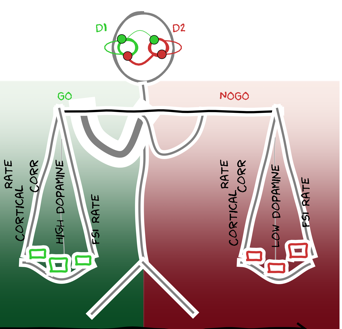
27.04.2015: We have to take many decisions every day. The most common among these is to decide whether to initiate an action (“Go”) or to withhold one (“No-Go”). Experiments suggest that the basal ganglia play a key role in modulating and gating such decisions via two functional pathways in the brain: the Go pathway and the No-Go pathway.
Networks for vision: Theoretical study casts light on mechanisms of stimulus selectivity in the visual brain

08.01.2015: How do neurons in cortical networks react to input from outside, and how does this behavior contribute to sensory processing in the brain? Which mechanisms on the level of cells and their networks are underlying vision in particular? Answers to these long-standing questions may come from a joint experimental and theoretical approach that dissects the neuronal mechanisms through which neuronal responses are “tuned” to certain features of a visual stimulus, for example the direction of movement or the orientation of an edge. Sadra Sadeh and Stefan Rotter from the Cluster of Excellence BrainLinks-BrainTools and the Bernstein Center at the University of Freiburg provide another piece of this puzzle through a new study, published in the journal PLOS Computational Biology.

